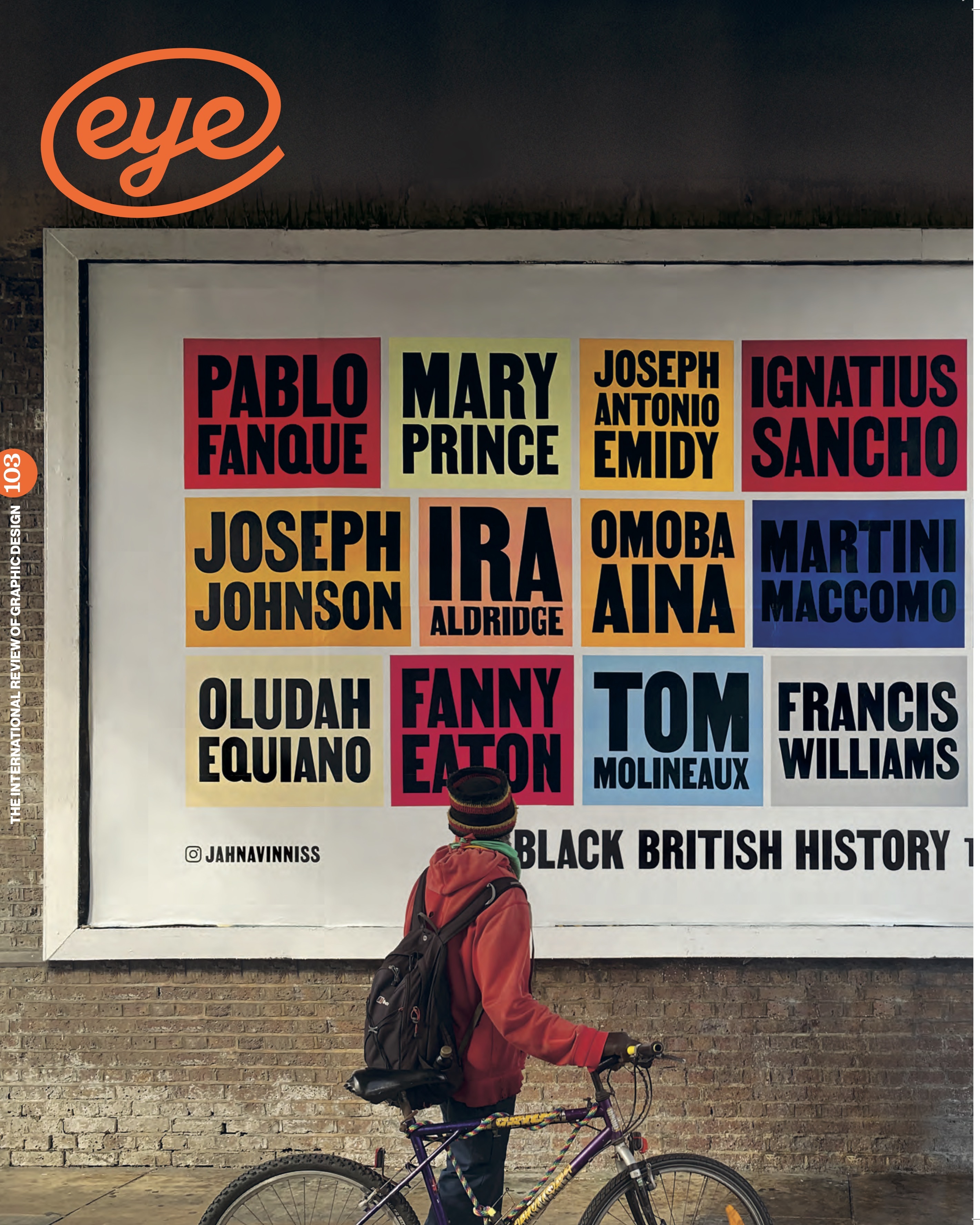Summer 2022
Time stretched further out
We made this: Punkt’s design for David Sylvian’s photobook ERR
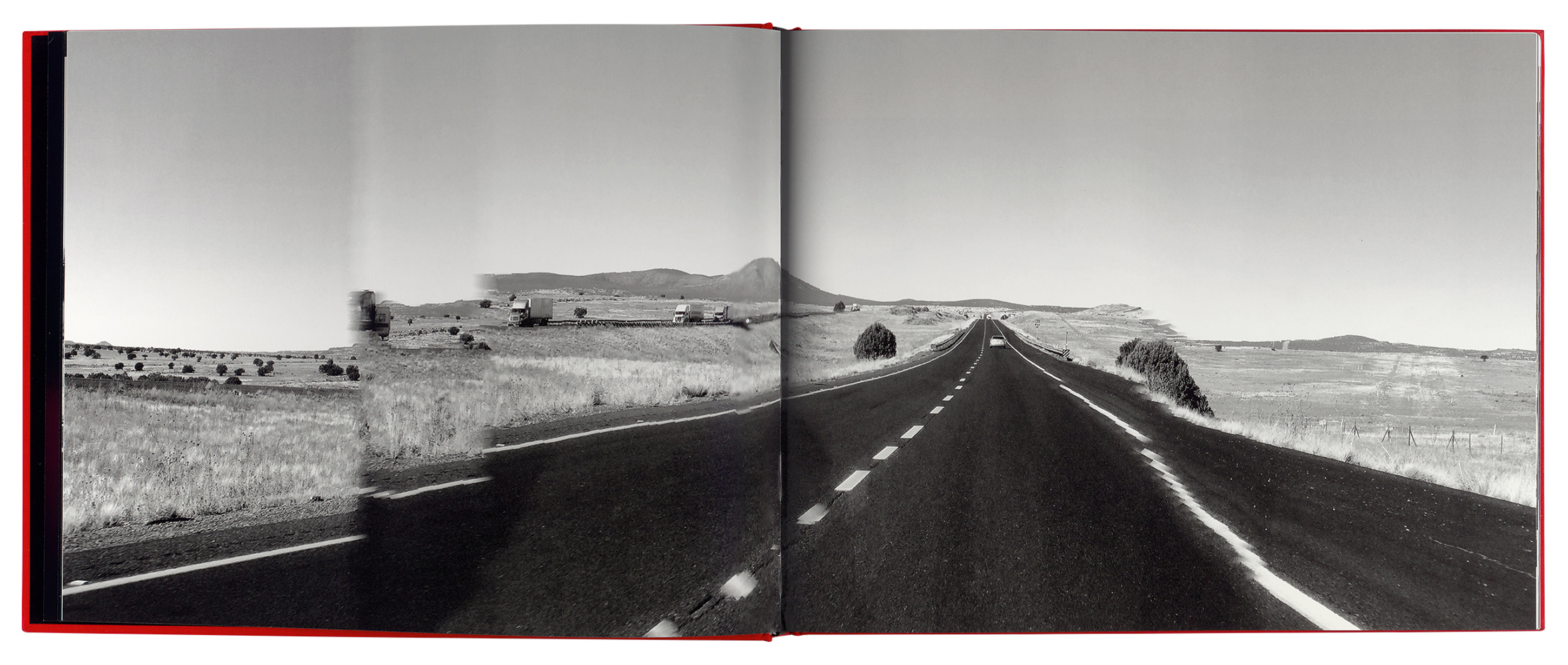
ERR is an elaborately produced, limited-edition photobook by musician David Sylvian, whose transition from pop to uncompromising experimental music has secured him a devoted international following. When Sylvian undertook a lengthy United States road trip between October 2019 and April 2020, he mused that unless you are equipped with a big, expensive camera, photographing the skies and cloud formations of New Mexico and Arizona was a ‘waste of time’. However, Sylvian captured the landscape using nothing bigger than his iPhone. He teased out such misgivings in an essay about the book, asking, ‘What’s wrong with wasting your time?’
Above, right and below. Spreads from ERR showing images that glory in the digital glitches produced by David Sylvian’s iPhone camera.
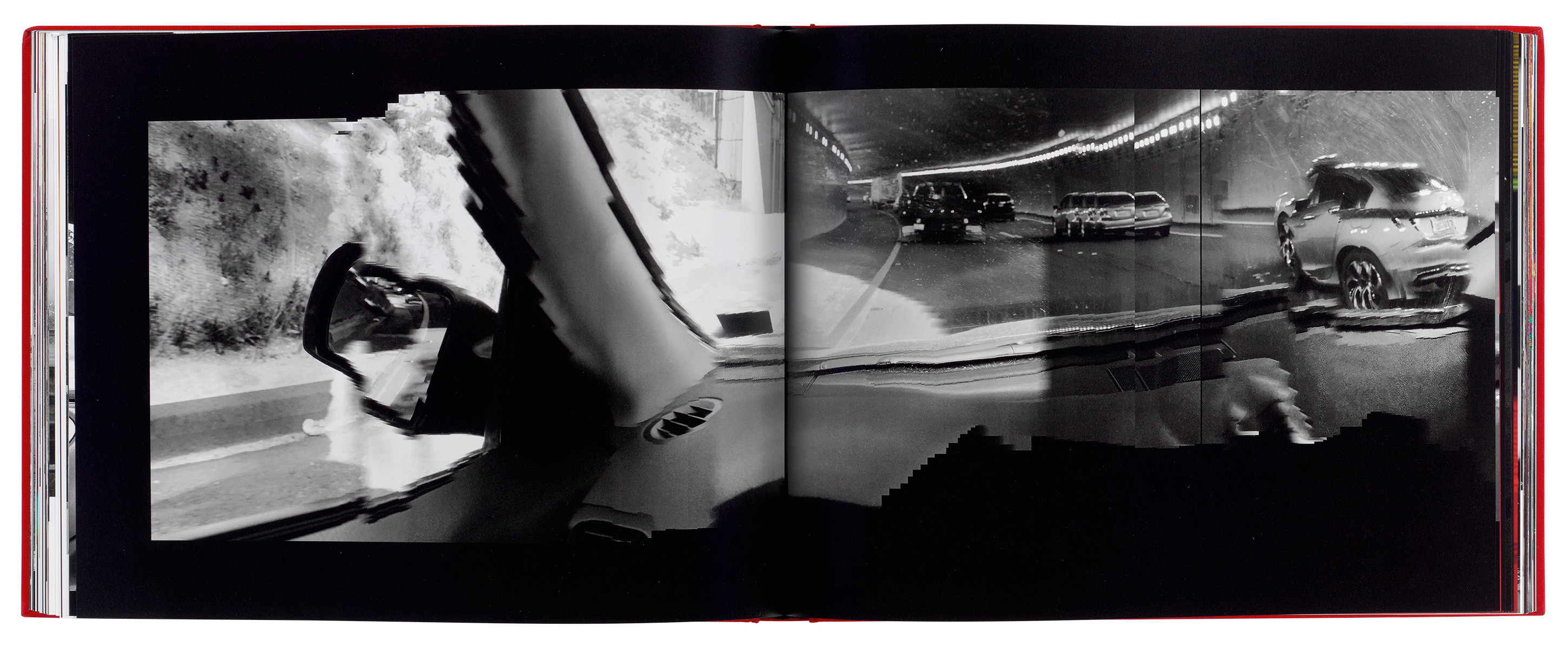
Sylvian was fascinated by the glitches and errors that occurred as the iPhone’s technology attempted to keep up with the speed of his car. Back in his lodgings each evening, he edited his iPhone images, removing most of the colour, but occasionally leaving a trace of red that echoed the car’s interior. Towards the end of his middle-American odyssey, the effects of the global pandemic began to make themselves known. Sylvian reflects upon the intimations of mortality brought by the sight of a, ‘multi vehicle pile-up … a car burst into flames … brutalized SUVs, trucks and fragments of vehicles being pulled from the road.’ He muses that the occupant of a comfortable, air-conditioned car interior is ‘frequently the length of one, possibly two cars from oblivion’.
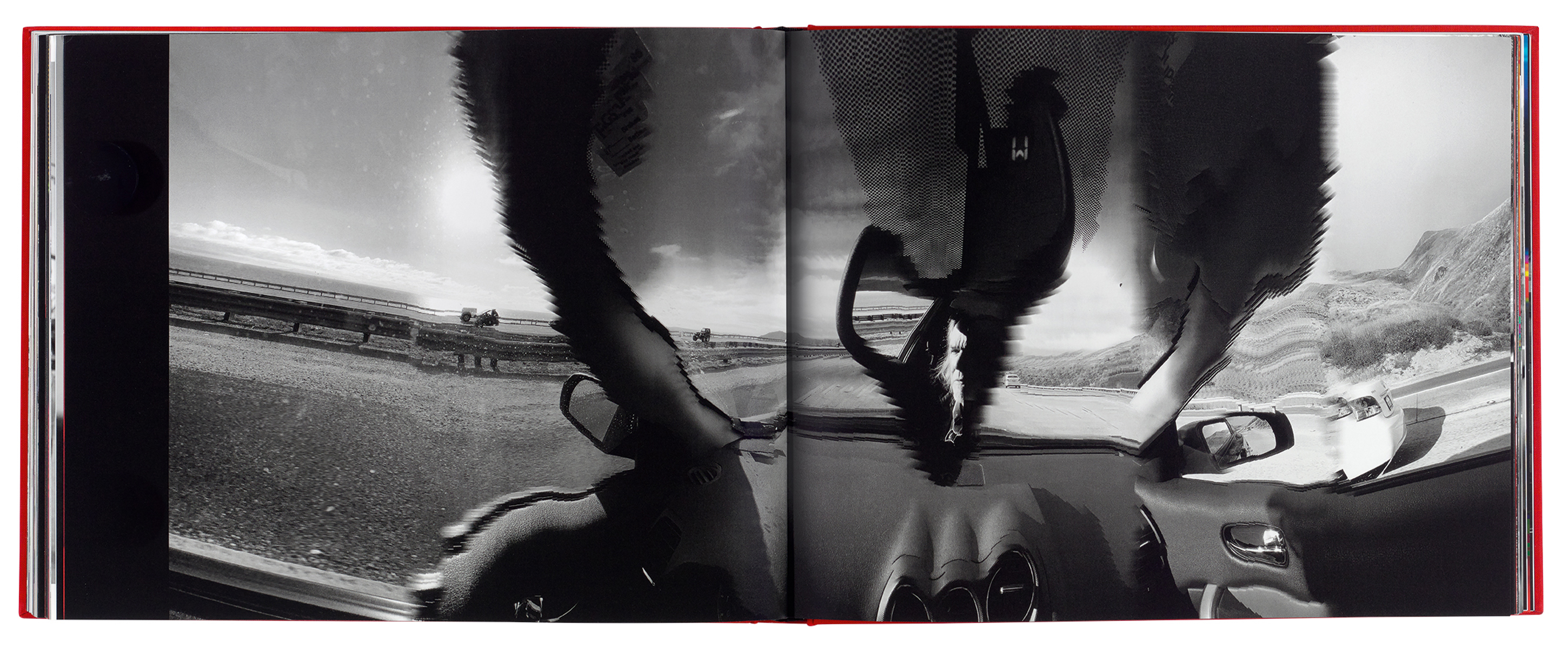
How did ERR’s designer Giles Dunn go about making the book? ‘Nothing was cropped,’ he says. Dunn responded to the cinematic nature of Sylvian’s photos by choosing a ‘letterbox’ format for the book and using ‘the symmetry of the individual thread-sewn signatures’ to create a structure.
‘The small windows of colour became important jump-off points to me,’ says Dunn, who repeatedly zoomed in, blurred and saturated the pictures to make a series of what Sylvian called ‘sugar rush’ images. ‘These were then wrapped around the sixteen-page signatures of the book and printed in high gloss. The architecture of the binding structures the book.’
The book’s sewn sections are interleaved by the intense ‘sugar-rush’ gloss pages that designer Giles Dunn made by blurring and treating Sylvian’s pictures.
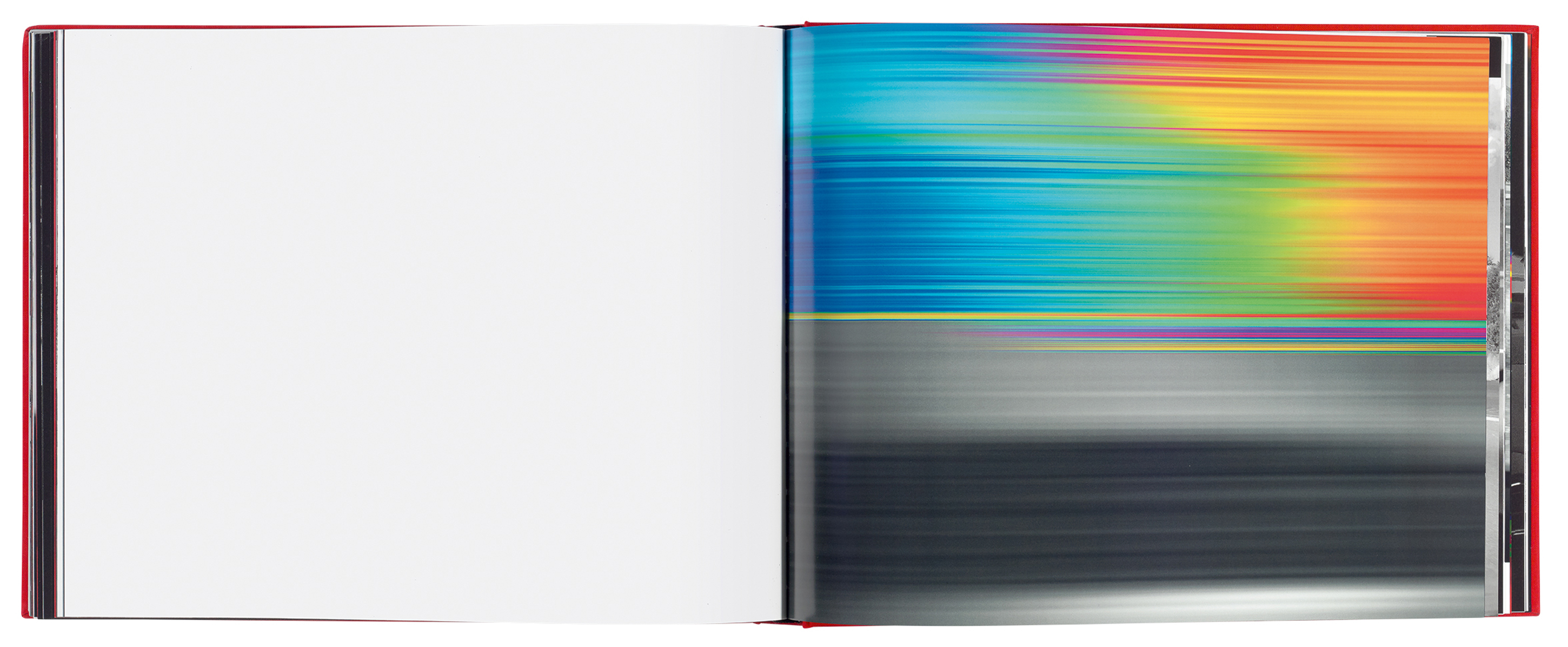
Asked how they went about sequencing the pictures, Dunn explains that Sylvian had selected around 30 ‘must have’ images out of 200 or so. ‘We threaded a narrative based around location, landscape, weather systems and dwindling traffic on the roads as the pandemic set in.’ ERR has echoes of a road trip narrative or a road movie within which time can feel variously hurried, fragmented and stretched. ‘David was exploring the imperfections of digital photography to capture an unprecedented event. The images feel very of now,’ says Dunn. ‘David is one of the most visually literate people I’ve ever worked with.’
Most of Dunn’s practice, Punkt, is taken up with publishing and branding for the international art world, including artists such as KAWS, on whose third book he is currently working. Dunn’s aim is to support each artist’s vision. ‘If we can make a book that extends an artist’s practice into book form,’ he says, ‘then it’s been a success.’
The bulk of ERR was printed at DAZ (in Germany) on Fedrigoni’s Tatami paper, which had a ‘chalkiness’ that contrasted with the glossy dividers. The substantial budget was made possible by Sylvian’s enthusiastic fanbase, who pre-ordered most of the edition long before it went into production.
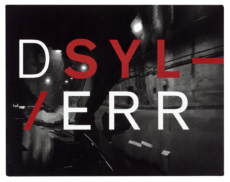
Art direction: David Sylvian. Assistant art direction: Yuka Fujii. Graphic design and typography: Giles Dunn for Punkt, London. Size: 235 × 300 mm landscape, 216 pages. Cover features a dust jacket over foil-blocked case. Printed offset and case bound with thread-sewn book block.
Eye is the world’s most beautiful and collectable graphic design journal, published for professional designers, students and anyone interested in critical, informed writing about graphic design and visual culture. It is available from all good design bookshops and online at the Eye shop, where you can buy subscriptions and single issues.

